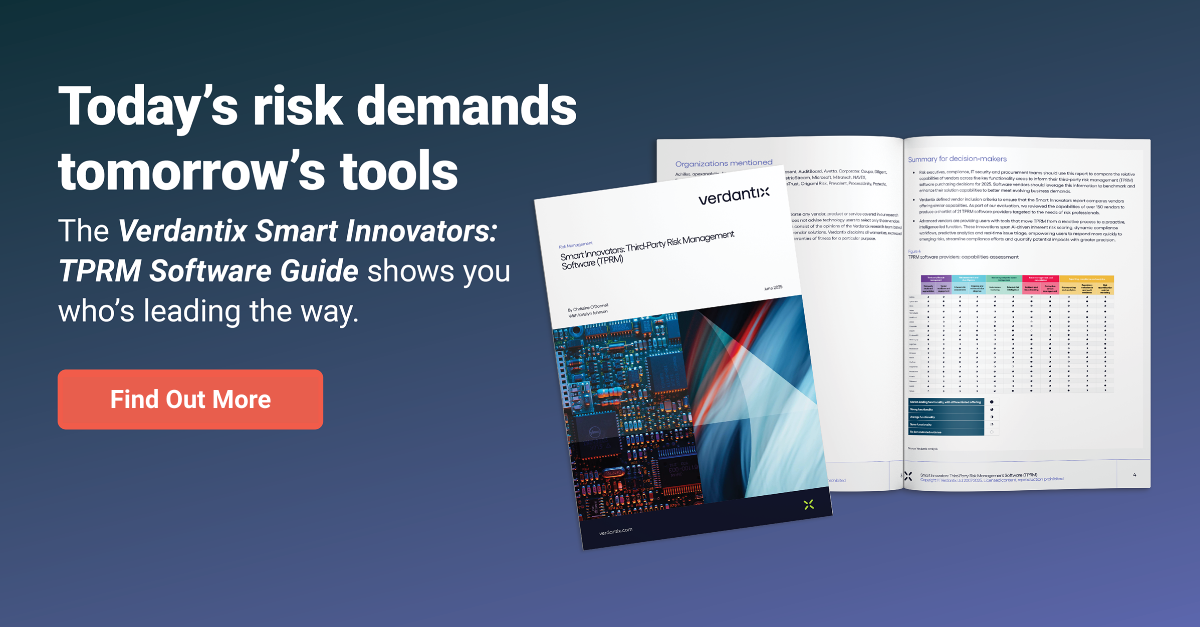Conflicts of interest (COI) continue to challenge organizations that strive to uphold ethical standards and regulatory compliance. Even with robust policies in place, many businesses find that the real issue is not employees who actively use compliance platforms, but those who remain disengaged. The main challenge is surfacing hidden conflicts and ensuring that all employees, not just the most engaged, make timely and accurate disclosures.
Connected compliance campaigns offer a fresh, more strategic approach to engaging employees. The reality is, most employees aren't thinking about compliance; they're focused on closing deals, delivering projects, or supporting customers. Even when faced with a potential conflict of interest, disclosure isn’t often top of mind (assuming they even recognize it as one). That’s why timing and delivery matter.
By integrating policy attestations, training, and disclosure prompts into a seamless workflow, organizations can meet employees where they are—when compliance is already part of the conversation. It’s about making engagement easy and relevant, not disruptive. This blog explores how connected compliance campaigns can improve both the volume and quality of COI disclosures, supported by customer insights, best practices, and emerging compliance strategies.
The Traditional Challenge: Gaps in COI Disclosures
Many organizations rely on annual or ad hoc COI disclosure processes, expecting employees to proactively disclose potential conflicts. This approach often results in incomplete data. Employees may not fully understand what counts as a conflict, may forget to disclose, or may be deterred by complicated reporting systems. As a result, compliance teams often end up with significant blind spots in the area of COI.
In other cases, employees are expected to use a separate system or platform to disclose conflicts, emphasizing the silos that still prevail within and between departments, teams, systems, and technology. This can create disorganization, unintentional forgetfulness to use the separate disclosure platform and overall disengagement.
Disengaged (or unaware) employees are less likely to disclose conflicts, whether due to lack of awareness, understanding, or motivation. The challenge is to encourage disclosures from this silent majority, not just the compliance-conscious minority.
Connected Compliance: Integrating Disclosure Into the Employee Journey
Connected compliance campaigns address this challenge by embedding COI disclosure opportunities directly within the employee experience. Instead of relying on separate surveys or systems, modern compliance platforms integrate policy attestations, training modules, and disclosure prompts into a single, unified workflow.
For example, when employees complete required COI training, the system can immediately prompt them with a message such as, “You’ve just completed your training. Do you have a conflict you’d like to disclose?” This real-time, in-context reminder takes advantage of the employee’s attention and understanding, making it easier to log potential conflicts.
This approach offers several clear benefits:
- Timely Engagement: Employees are prompted to disclose at the moment when they are most aware of what constitutes a conflict, having just completed relevant training.
- Ease of Use: Removing the need to navigate to a separate system reduces friction and increases the likelihood of disclosure. Equally, a unified and streamlined user experience and UI ensure that employees can easily navigate through the full process, from awareness to training, and conflict disclosure without friction.
- Improved Visibility: Real-time prompts and reminders not only encourage timely conflict disclosures, they also give compliance teams critical visibility into who is engaging and who isn’t. This insight makes it easier to identify risk areas, prioritize follow-up, and allocate resources where they’re needed most.
Tailoring Campaigns for Maximum Impact
Generic compliance campaigns often fail to resonate with diverse employee groups. Connected compliance platforms allow organizations to tailor campaigns by role, region, language, and risk profile (or any other attribute that may be relevant). For instance, a conflict disclosure campaign can be customized for executives, managers, or specific departments, ensuring that messaging and requirements are relevant and targeted.
Here’s why you should consider a more targeted approach to conflict of interest awareness, training, and disclosure campaigns:
- Granular Targeting: Segmenting campaigns by job function, seniority, or geography (or any other relevant attribute) allows you to better tailor the content to increase relevance and engagement.
- Localization: Adapting language and examples to local contexts makes it easier for employees in different regions to understand, engage and hence, comply.
- Control cadence: Just as it’s important to tailor compliance content, customizing the cadence of your outreach is equally critical. Different segments of your employee population may require more frequent engagement, or engagement, at different times. For example, employees in high-risk roles such as sales or procurement may benefit from more frequent reminders and training, especially around peak deal cycles or vendor onboarding periods. Meanwhile, lower-risk roles may only need periodic check-ins to stay aligned.
- Integrated Procedures: Linking policy, training, and disclosure workflows ensures that all steps are connected, traceable, and auditable.
By making campaigns more relevant and accessible, organizations can dramatically improve participation rates. At GAN Integrity, we have seen that companies who adopt this approach of connected COI campaigns report a rise in disclosure rates by more than 200%, demonstrating the effectiveness of this approach.
Overcoming Barriers: Education and Awareness
A common barrier to effective COI disclosure is uncertainty. Many employees simply do not know what constitutes a conflict. Connected compliance campaigns address this by embedding education into the process. Training modules can include real-world examples, interactive scenarios, and clear definitions, helping employees recognize potential conflicts in their own work.
By prompting disclosure immediately after training, organizations take advantage of the “teachable moment,” when employees are most informed and receptive. This not only boosts immediate disclosures but also reinforces a culture of transparency and ethical behavior.
The Technology Advantage: Real-Time Data and Analytics
Modern compliance platforms do more than just facilitate disclosures. They provide powerful analytics and reporting capabilities. With powerful, real-time reporting capabilities, compliance teams can track campaign participation, disclosure rates, and risk trends in real-time, which enables proactive management and continuous improvement.
To effectively measure the impact of your awareness, training, and conflict of interest (COI) disclosure programs, make sure your solution supports:
- Dashboards: Visualize employee engagement across awareness campaigns, training completion, and disclosure rates. Advanced dashboards should allow segmentation by key variables such as department, region, or role, helping you pinpoint areas where additional focus or remediation is needed.
- Alerts: Flag emerging risk areas or non-participation for follow-up.
- Audit Trails: Maintain a complete, traceable record of disclosures and actions taken.
This data-driven approach allows organizations to identify gaps, measure progress, and demonstrate a defensible approach to regulators and stakeholders.
GAN Integrity’s Connected Compliance Platform
GAN Integrity’s platform allows organizations to manage employee conflicts of interest disclosures through an easy-to-use, configurable interface, where policy management, training modules, and disclosure forms are all accessible in one integrated platform. This means employees can review policies, complete required training, and immediately disclose any potential conflicts without having to switch between multiple systems.
The platform features dynamic and interactive disclosure forms that can be tailored to specific roles or risk profiles, ensuring that employees only answer questions relevant to their position or the nature of the conflict. This targeted approach increases engagement and makes the disclosure process more efficient.
Furthermore, GAN Integrity’s real-time reporting and analytics dashboards provide compliance teams with instant visibility into disclosure rates and risk trends, making it easier to identify gaps and respond proactively. Automations within the platform can resolve low-risk declarations automatically and escalate higher-risk disclosures to the appropriate stakeholders, streamlining the entire process.
Conclusion
Improving conflicts of interest disclosures is less about policing employees and more about empowering them to do the right thing at the right time. Connected compliance campaigns, powered by modern technology and thoughtful design, make it easier than ever to capture disclosures, manage risk, and build a culture of integrity.
By bringing together all compliance and ethics programs into one integrated solution, GAN Integrity empowers organizations to close the gap between policy, training, and action, resulting in higher participation, improved risk management, and a stronger culture of compliance.

Miriam Konradsen Ayed is the VP of Product Marketing at GAN Integrity. With a track record of building and executing GTM strategies and growing pipeline for SaaS products, she brings products to life through value-driven positioning and messaging.
